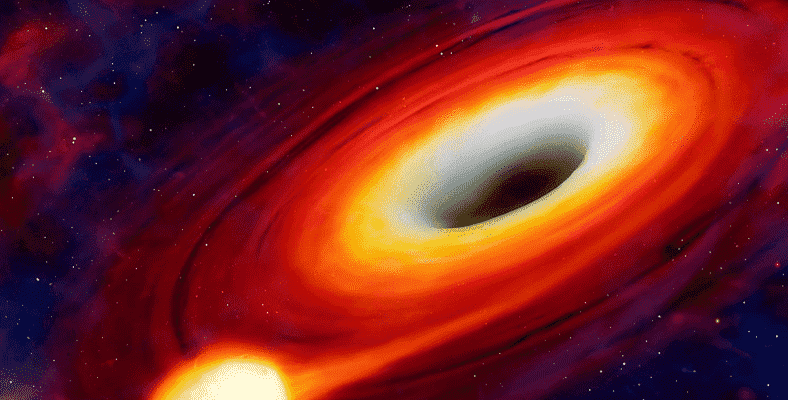The concept of black hole, which is the biggest mystery of the universe for humanity, will probably remain a mystery for a long time. So, which black holes have been discovered so far, “floating” in space with dimensions that push the limits of imagination? We answered for you.
It is a very difficult task to give meaning to the celestial bodies in the universe. The more we think about it, the more it is one of the most serious examples of this deadlock situation. black holes. Even if calculations are made for hours, months, years, it does not seem possible to come to a conclusion and come up with an opinion, as there is very little data discovered. But now we are sure and know that they are real.
Black holes formed after a supernova explosion are very relative in size. The size of black holes also changes depending on the size of the energy released during the collision of stars and the weight of the elements formed. Also, since black holes are much denser objects than planets and stars, they have terrible gravitational forces relative to their size.
- NOTE: The “Solar mass” value you will see in the list shows how many times the black hole is heavier than our Sun.
The largest black holes discovered to date:
- TON 618
- Holmberg 15A
- IC 1101
- S5 0014+81
- NGC 6166
- NGC 4889
- OJ 287
- NGC 1600
NGC 1600
- Solar mass: 17 billion
This galaxy has at least 30 more satellite galaxies and is known as an X-ray source. NGC 1600 is believed to have emerged as the result of a galaxy collision that took place 4 billion light-years ago. The age of this galaxy is estimated to be 4.6 to 8.8 billion years. The black hole in its center is at the top of our list.
OJ 287
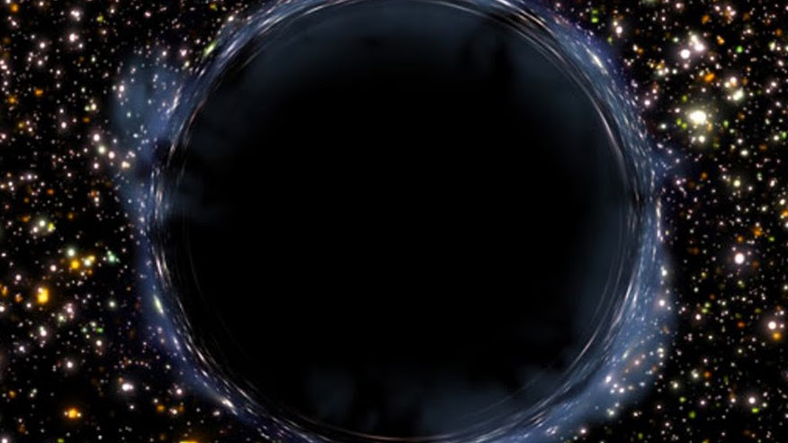
- Solar mass: 18 billion
OJ 287 is a BL Lac* object 3.5 billion light-years away that produced semi-optical bursts until about 120 years ago. It was first detected with radio wavelengths. The galaxy around this supermassive black hole is as bright as a trillion times the luminosity of the Sun.
BL Lacertae object: The BL Lacertae or BL Lac object is a type of active galactic core galaxy. Unlike other black holes, they are black holes dominated by the emission continuum.
NGC 4889
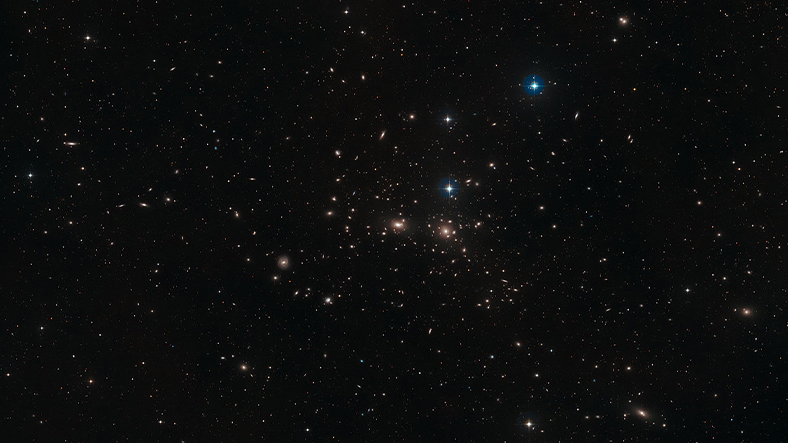
- Solar mass: 21 billion
The E4 supergiant elliptical galaxy, also called Caldwell 35, was discovered as a bright, obscure piece by British astronomer William Herschell in 1785. It is located 308 million light years from Earth. In the center of the galaxy, the friction effect from the infiltrating gases and dust heats the interior of the cluster. a supermassive black hole has. As with elliptical galaxies, only a fraction of NGC 4889’s mass is star-like. Also, NGC 4889 is a powerful source of X-ray, ultraviolet, and radio frequency radiation.
NGC 6166
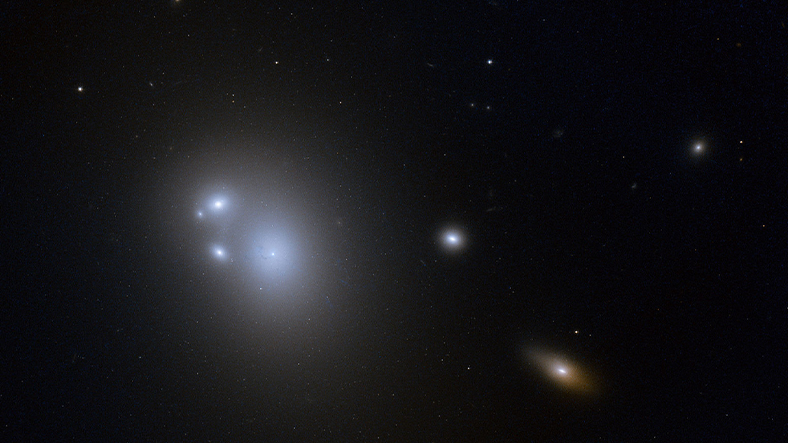
- Solar mass: 30 billion
It is one of the brightest black holes known in terms of X-ray emissions. NGC 6166 is suspected to be the result of a series of galaxy collisions, it is known to have numerous globular star clusters. This galaxy is thought to have the richest globular cluster system. 30 billion solar masses weight is assumed.
S5 0014+81
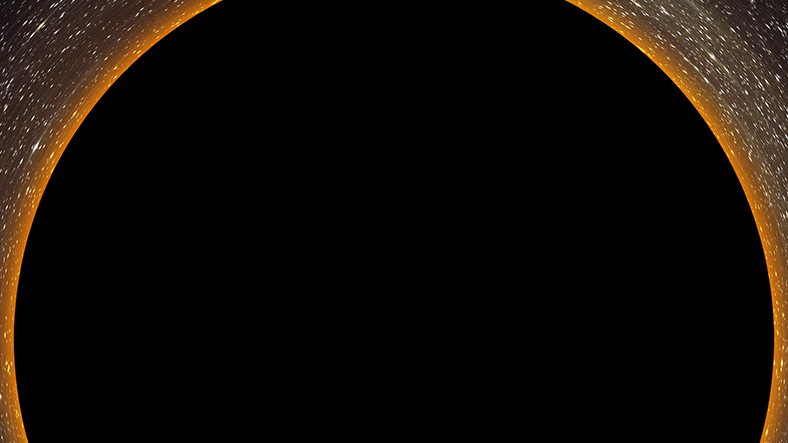
- Solar mass: 40 billion
It is one of the brightest known quasars, 300 trillion times brighter than the sun. It is much brighter than all the 100 to 400 billion stars found in the Milky Way Galaxy. However bright it is, it is a very difficult black hole to study due to its distance of 12.1 billion light years. This black hole is a sizable source of radiation, from X-rays to radio waves, even gamma rays.
Holmberg 15A
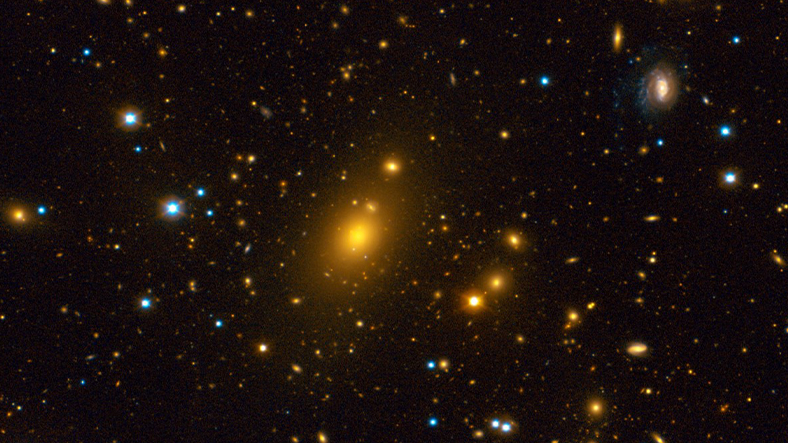
- Solar mass: 40 billion
Holmberg 15A, 700 million light-years away from us, was discovered by Erik Holmberg in 1937. It soon gained quite a reputation for having the largest nucleus ever observed. However, it was later revealed that this was wrong. Although it does not have a core, it has maintained its reputation with a weight of 40 billion solar masses.
TON 618
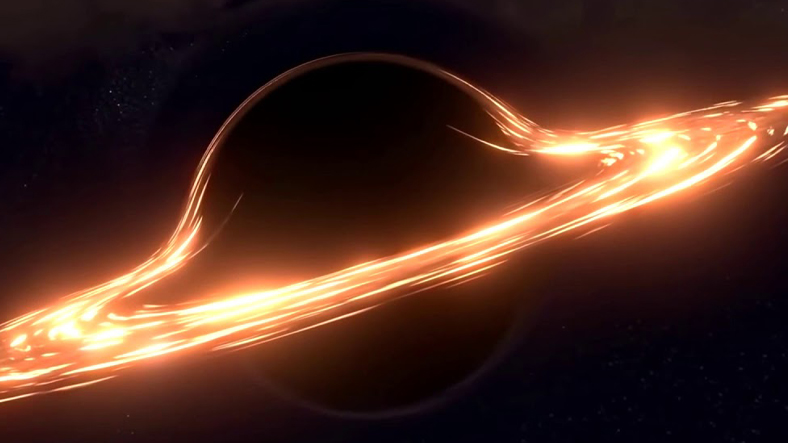
- Solar mass: 66 billion
TON 618 is the largest black hole ever discovered, with a mass of 66 billion Suns. Estimated to be 10.4 billion years old, TON 618 is an intensely hot gas orbiting a giant black hole at the center of a galaxy. quasar believed to be. The galaxy surrounding TON 618 is one of the brightest formations in the Universe. However, it cannot be seen by any telescope on Earth.
